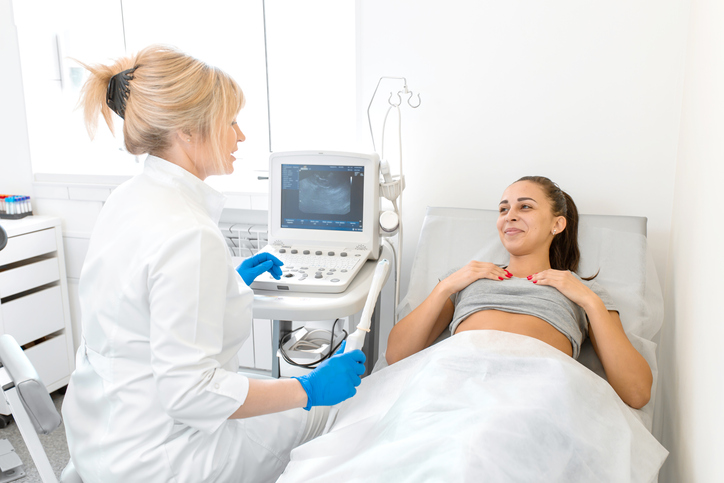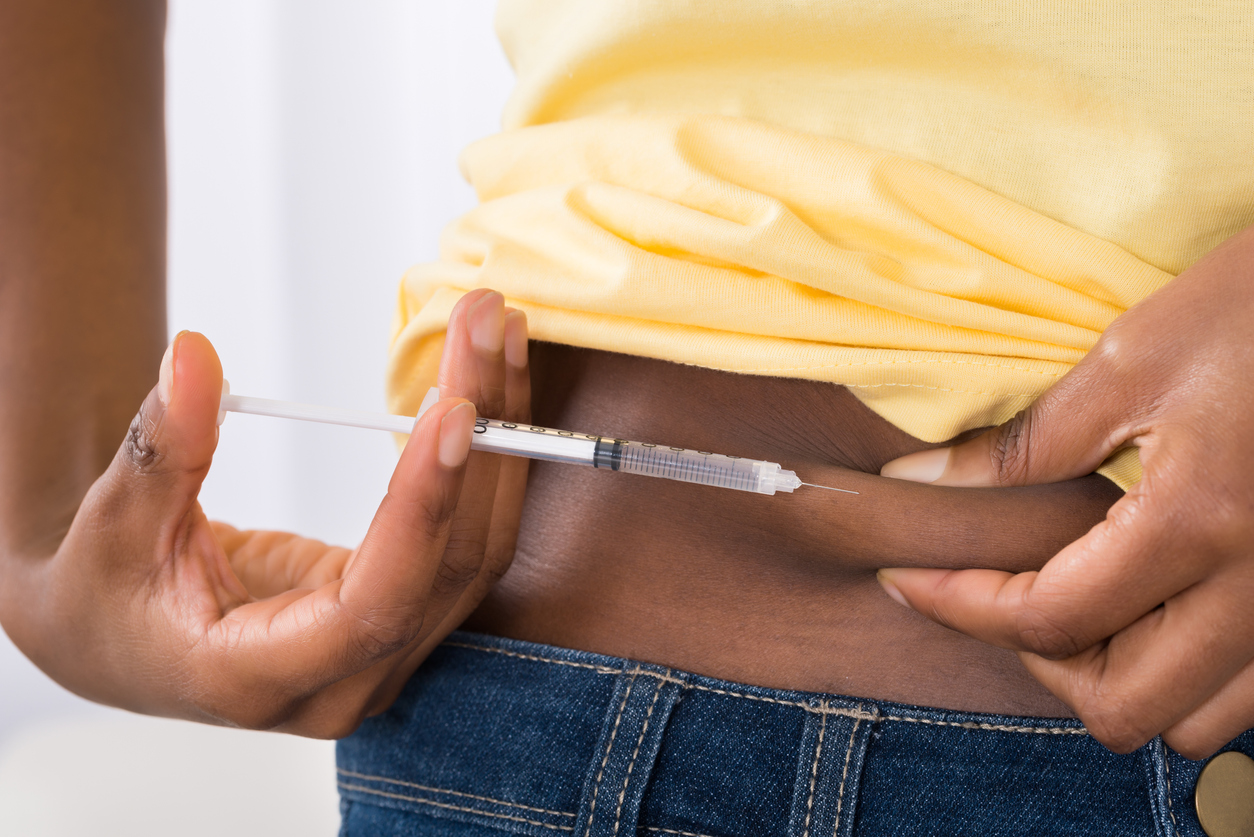If you’re trying to start a family and find out you’ve been diagnosed with Diminished Ovarian Reserve (DOR), it’s completely understandable to feel anxious and stressed. After all, the very definition of DOR can make you feel that your chances of getting pregnant have been significantly slashed: “Women are born with a finite number of eggs,” explains Edward Nejat, MD, MBA, FACOG, reproductive endocrinologist and practice director at Generation Next Fertility. “That number declines throughout the reproductive lifespan. At the time of menopause, the average age of which is 51, all of the eggs have been exhausted and there are none left. Women with a lower egg quantity at any given age fall into this diminished ovarian reserve category.”
DOR is absolutely normal, however, and such a diagnosis does not mean you’re infertile.
What are some potential treatment options for diminished ovarian reserve?
DOR can feel like a stressful diagnosis for women trying to conceive for two crucial reasons: The first one is there aren’t many outward symptoms. “The only time symptoms generally tend to present is if it’s gotten to a pretty severe degree of diminished ovarian reserve,” says Dr. Nejat. “When the egg reserve is very low, menstrual cycles may become irregular.” The second one is, according to Dr. Nejat, 95% of patients with DOR have no known cause. Though he does warn that, in terms of lifestyle choice, cigarette smoking is the biggest potential cause of DOR.
What’s important to remember if you’ve been diagnosed with DOR is that getting pregnant is more about the quality of the egg as opposed to the quantity. So, now that we know what to focus on (quality vs. quantity), let’s break down the best treatment options for those with DOR.
1. Natural or Mild IVF
Natural or Mild IVF (the names are synonymous) is a low-dosage protocol that focuses on the quality as opposed to the quantity of the eggs. In short, it’s like traditional IVF, just with less aggressive medication. The theory behind going with Natural/Mild IVF is that the medications used, which is usually a combination of pills and low doses of injectable medications, will be “less likely to adversely affect egg quality compared to a more conventional stimulation protocol,” says Dr. Nejat.
While he does consider Natural/Mild IVF to be a “reasonable option” for most patients – whether this is their first attempt at a stimulation protocol or just their latest – Dr. Nejat does see this treatment as an excellent next step for those who have already tried traditional IVF. “We see a lot of patients who have attempted IVF elsewhere, with conventional protocols, and have had either very poor ovarian response or very poor egg quality and resulting embryo quality,” he says. “Those are the patients that I think benefit most from mild IVF because they’ve tried the more standard options and haven’t gotten the desired outcome.”
2. Luteal Phase Stimulation
Luteal Phase Stimulation, as evidenced by the name, is an additional potential treatment option that takes place during the portion of the menstrual cycle after ovulation. In its basic form, according to Dr. Nejat, Luteal Phase Stimulation is an IVF cycle where there’s a second round of stimulation and a second egg retrieval prior to menstruation. “We sometimes notice that there are several follicles remaining that, at the time of the egg retrieval, were too small to attempt to retrieve eggs from, because even though we might get eggs from those follicles, we know that the eggs are not going to be of sufficient maturity to be able to be fertilized,” explains Dr. Nejat. “So instead of retrieving them at the time of the egg retrieval, we leave them be. Then, on the night of the first egg retrieval, the patient continues to stimulate the ovaries, with injectable medications.”
Luteal phase stimulation is a potential method for “capitalizing on any and all follicles present.” By helping the follicles to grow, the hope is to retrieve more eggs and embryos. Women with diminished ovarian reserve can be good candidates for this kind of treatment because they “may not have as many follicles present and may not be developing follicles month over month as frequently as other women who have higher egg reserve,” says Dr. Nejat.
3. Platelet-Rich Plasma (PRP)
PRP has already been used in various fields of medicine, including degenerative joint disease and orthopedics. As a fertility treatment, it is an experimental procedure used to try to improve the number and quality of the ovarian follicles and the number of eggs present. The actual method consists of a blood draw, isolating the platelets via centrifuge, and injecting the platelets directly into the ovary. Although this is an experimental option, Dr. Nejat does believe PRP can be a good option for “patients who have been trying IVF for a while and have not done well in terms of the number of eggs retrieved or number of embryos obtained.” He also says PRP could be “a reasonable option for younger women who have very low egg reserve who are looking to try everything they can to improve a quantity or egg quality.”
Whenever considering treatments for diminished ovarian reserve, make sure to keep the lines of communication open between you and your fertility specialist. By working together and discussing all of your options, you and your team will be able to come up with a treatment plan that will best benefit your body and health.
Sarene Leeds holds an M.S. in Professional Writing from NYU, and is a seasoned journalist, having written and reported on subjects ranging from TV and pop culture to health, wellness, and parenting over the course of her career. Her work has appeared in Rolling Stone, The Wall Street Journal, Vulture, SheKnows, and numerous other outlets. A staunch mental health advocate, Sarene also hosts the podcast “Emotional Abuse Is Real.” Visit her website here, or follow her on Instagram or Twitter.















.png)





